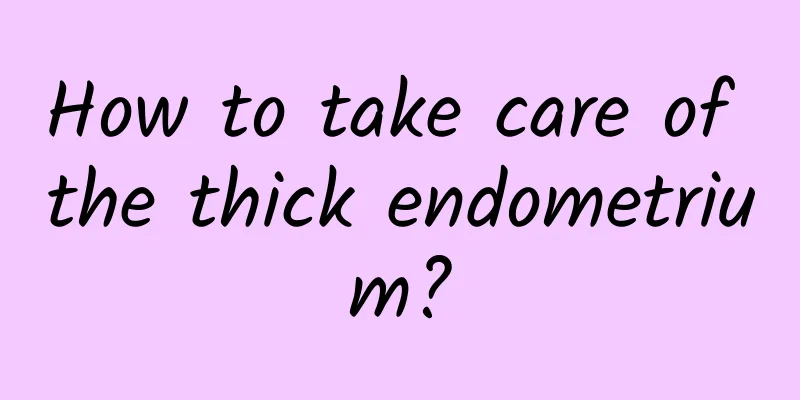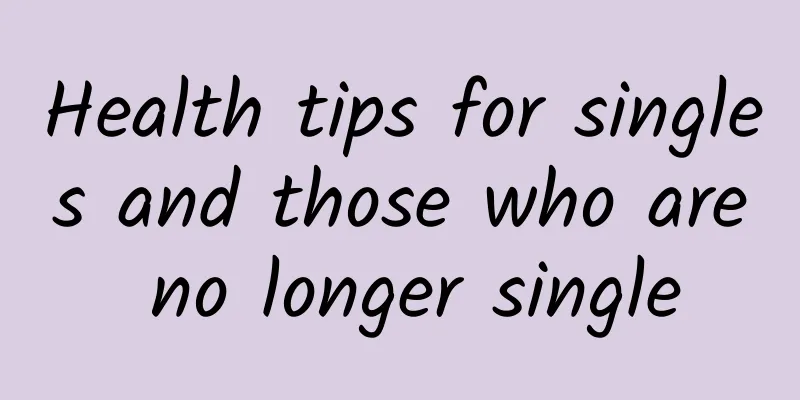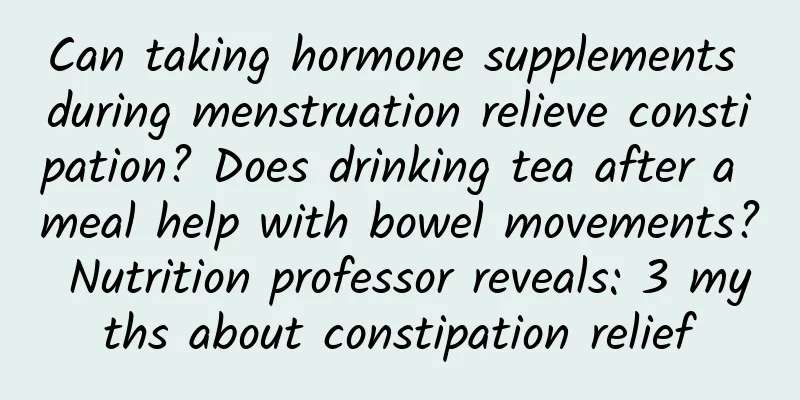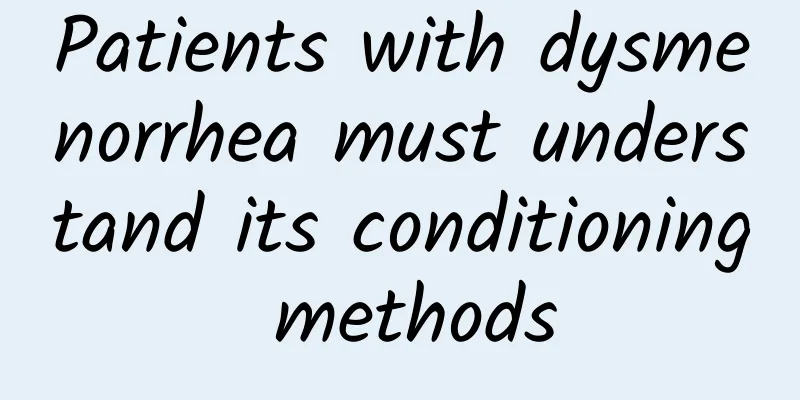Want to regain your metabolic flexibility? Reduce exposure to toxins in your daily diet and make good use of the 3 steps of ketogenic fasting
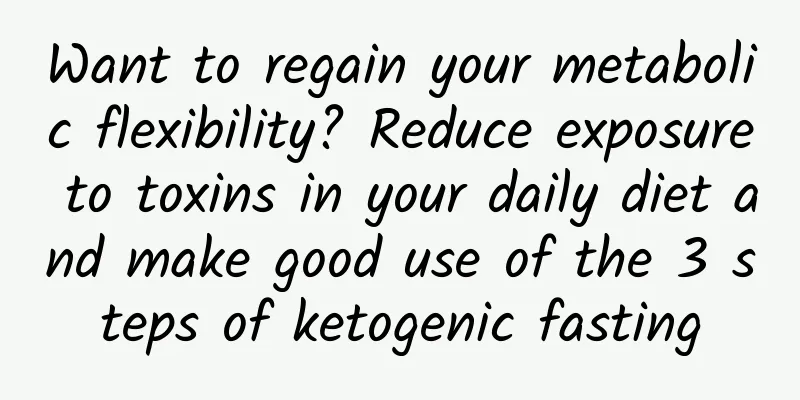
|
Now that you understand why you should restore your metabolic flexibility and the reasons to start regular partial fasting, all that’s left is to learn the exact, detailed instructions for doing it. Before we dive in, it’s important to remember to listen to your body as you follow each step; only move on to the next stage when you feel your body is ready. If you are generally healthy when you begin this journey, you may be able to progress quite quickly. If you have health problems, including being overweight or insulin resistant (which affects up to 80% of Americans), you should give yourself more time and move toward your ultimate goal based on your tolerance. If you are taking any medications, it would be wise to ask your healthcare provider for guidance on their use during this process. Ketogenic fasting can help you get off any medication you may be taking for high blood pressure or high cholesterol, but it should be done with careful supervision to avoid complications. Before you begin: Minimize your exposure to toxins Although ketogenic fasting is an extremely effective way to eliminate the toxins you are exposed to, it is actually the last step in a comprehensive plan to reduce your environmental exposure to toxins. Of course, you can jump right into a keto fast without following the steps below and reaping the benefits, but if you do, you’ll get the most bang for your time and effort. The first step to aiding your body’s detoxification process and limiting any side effects is to avoid toxin exposure as much as possible, essentially limiting your body’s toxic load. Avoid chemical-based household cleaners and personal care products (including cosmetics), as these items are often filled with chemicals. It is also important to drink purified filtered water and avoid using plastic water bottles, which often contain environmental hormones such as BPA and plasticizers such as phthalates. You should also avoid drinking hot drinks from Styrofoam cups. Other often overlooked sources of toxic exposure include mercury (mercury) dental fillings, air travel, scented candles, and automobile and motorcycle exhaust. The website of the Environmental Working Group (www.EWG.org) contains a lot of useful information and provides a guide to purchasing non-toxic living products. Intestinal infections such as small intestinal bacterial overgrowth (SIBO) can also be a problem, resulting in the release of infectious toxins such as lipopolysaccharides (LPS). The way to deal with this is to adopt specific dietary changes that remove foods such as prebiotic fiber that bacteria need to survive, which is called a low-FODMAP diet. This diet only needs to be maintained until SIBO improves, after which you can adopt the diet described in my previous book, Ketogenics Against Cancer, and this book. The next step is to fill in the nutrient gaps and strengthen your personal nutritional biochemical pathways. The best approach is to find a physician who has experience using urine organic acid testing. This test measures the concentration of organic acids secreted into the urine and is used to assess the body's detoxification capabilities, such as the liver and methylation pathways. It can also tell you if you have SIBO issues, whether your body is good at using fat as energy, and indicate if there are certain nutritional imbalances, such as vitamin B12. The test results may also show whether you have any genetic problems that may affect mitochondrial function and health. My preferred lab is Great Plains, and they offer a simple test that can be done at home, with just urine. But you still need a doctor to prescribe the test before the kit can be mailed to your home. I personally work with the physician at Bob Miller, ND’s clinic (www.tolhealth.com/. Consultations can be made over the phone. You also need to make sure you have bowel movements every day before starting ketogenic fasting. Constipation will cause the toxins in the feces to not be effectively eliminated and may be reabsorbed by the body. Switching to cyclic ketosis can help get your bowels moving again during the early stages of your treatment. Start eating only organic food The strongest and most effective way to reduce exposure to toxins is to choose foods that have not been sprayed with toxic pesticides, which means eating organic foods whenever possible, especially eating only organic meat and dairy products, because biotoxin accumulation is more serious in animals than in plants. You may think that eating organic food is expensive, but when you look closely at the long-term health effects and costs of eating foods that are left with harmful pesticide residues, I think you will agree that the relatively high cost of organic ingredients is worth it. Is organic food really healthier and worth paying more for? If "healthier" means no herbicide and pesticide contamination and a higher nutritional content, then the answer is yes. In 2012, scholars from Stanford University published a meta-analysis study that compiled a total of 240 articles comparing crops produced by organic and conventional agriculture, and found that the chance of detecting pesticide residues in organic agricultural products was 23% to 37% lower. Chickens raised organically were also 45 percent less likely to harbor antibiotic-resistant bacteria. Choosing organic ingredients is also environmentally friendly. Many pesticides biodegrade very slowly, or sometimes even fail to decompose, and continue to accumulate in the environment. Worse still, some chemicals used to treat crops, such as pendimethalin, can remain suspended in the air for weeks, with a high potential for wind carryover and contamination of nearby farms and the environment as a whole. If there is strong wind during spraying, these chemicals can be carried very far by the wind and even contaminate organic farmland, where the use of pesticides is not allowed. It's a lot like secondhand smoke: If a nonsmoker sits next to a smoker, the nonsmoker will still breathe in the toxins, even if he or she has made healthier living choices. Ketogenic fasting step by step Step 1: Stop eating three hours before bedtime. I explained the importance of this in detail in the first chapter, but it cannot be overstated: do not eat or drink anything other than water three hours before bed. This will give your body a chance to properly digest food before going to bed, reduce oxidative damage, and improve mitochondrial efficiency, allowing you to have more resources for detoxification and repair during sleep. Step 2: Use time-restricted eating to shorten your eating interval. When you get used to not eating three hours before bedtime, try to shorten your eating window until you only eat six to eight hours a day, bringing your fasting time up to sixteen to eighteen hours. For example, eating between 11am and 7pm (eight-hour window) or between noon and 6pm (six-hour window). Even if you don’t change what you eat during your eating intervals, simply extending your fasting time can help your body regain metabolic elasticity; it also gives your body more time to detox and repair itself compared to eating all day. It can take anywhere from a week to one to two months to achieve an easy eighteen-hour fast from the last meal of the day to the first meal of the next day. Just remember that eight of those hours you will be sleeping and three of those hours are the time you won't be eating before bed. By 7 a.m., you have accumulated 12 hours of fasting time. Just delay your first meal to 11 a.m. to achieve 16 hours of fasting. By 1 p.m., you will have achieved 18 hours of fasting. Step 3: Switch to a cyclic ketogenic diet. For a ketogenic fast to be successful, your body needs to regain the ability to burn fat for energy. For the exact method to achieve this, please see Chapter 7 of this book and my previous book, Ketogenic Drugs for Cancer. In short, cut back on starches and replace them with healthy fats. Make sure your ketogenic diet includes lots of nutrient-dense foods. A simple rule is to avoid packaged, processed foods and replace them with real, organic foods. This may mean you spend more money on ingredients and may put more effort into meal preparation than if you were simply eating packaged foods quickly, but the upside is that it will keep you healthy and significantly reduce your visits to the doctor and hospital. To know for sure whether you have regained your ability to burn fat for energy, you will want to monitor your ketone body levels. This article is from Gao Baoshu's edition of "There is no such thing as fat in life!" Cyclic Ketogenic Fasting: Twice a Week, I Eat So I’m Healthy, No Weight Gain, No Aging Restoration Diet |
Recommend
Which treatment should be given first for HPV positive vaginitis
Which one should be treated first for HPV-positiv...
How long does it take for cervical erosion surgery to work?
How long does it take for cervical erosion surger...
What harm does abortion do to women? What are the precautions after abortion?
Many women do not take contraceptive measures dur...
What causes uterine fibroids? What should an unmarried girl do if she has uterine fibroids?
What causes uterine fibroids Uterine fibroids are...
Symptoms that women experience after suffering from uterine fibroids
Among tumor diseases, there is a more common gyne...
How to treat chronic cervicitis? 6 methods to treat chronic cervicitis
The incidence of chronic cervicitis is very slow....
How harmful is cervical hypertrophy?
Cervical hypertrophy is not necessarily a serious...
Listen to experts introduce the care of chronic pelvic inflammatory disease
Many people must know or understand the disease o...
What are the health care measures for cervical hypertrophy
Cervical hypertrophy is a type of chronic cervici...
What are the specific hazards of ovarian cysts?
Early onset ovarian cyst is a common disease. If ...
Why does endometrial thickening disease recur?
Why does endometrial thickening disease recur? Th...
How long after abortion can I get an IUD?
Abortion refers to artificial abortion. The IUD c...
What are the common symptoms of Bartholinitis?
Analyzing the symptoms of Bartholinitis in women ...
There are two main reasons for irregular menstruation.
I don't know if you know the causes of irregu...
What are the surgical methods for uterine fibroids? How to treat uterine fibroids?
Surgery is a relatively effective treatment for u...


